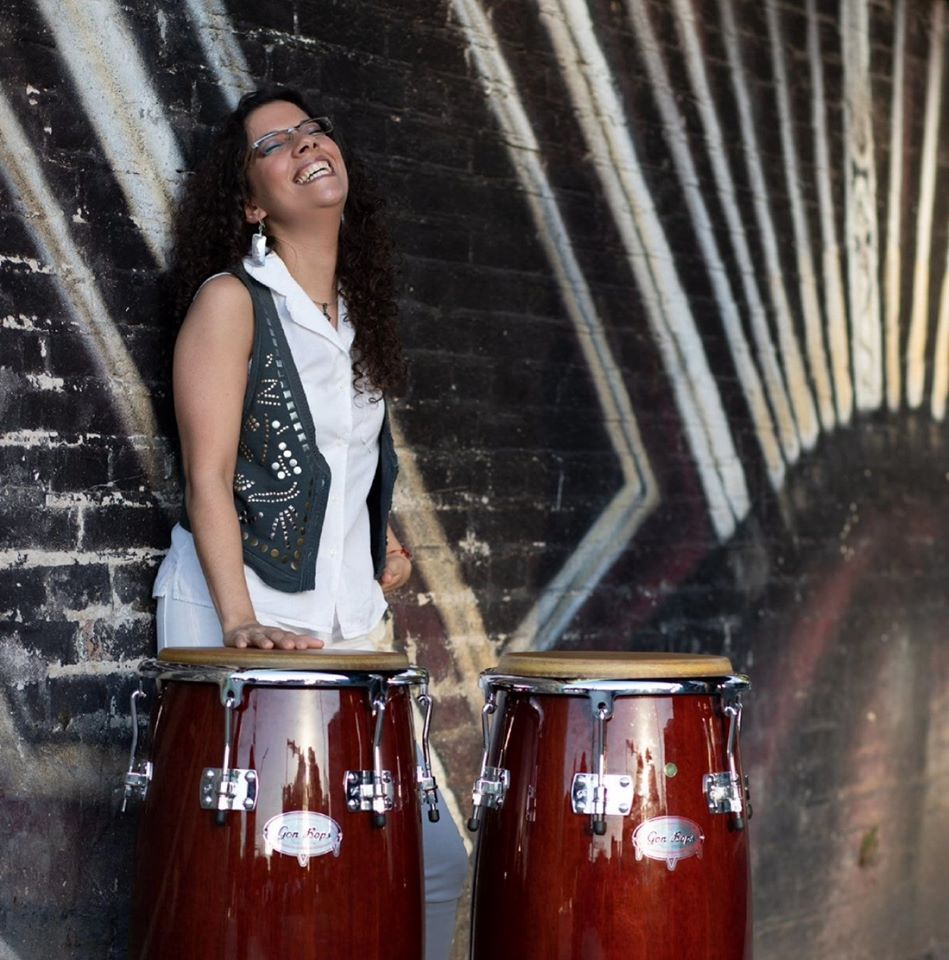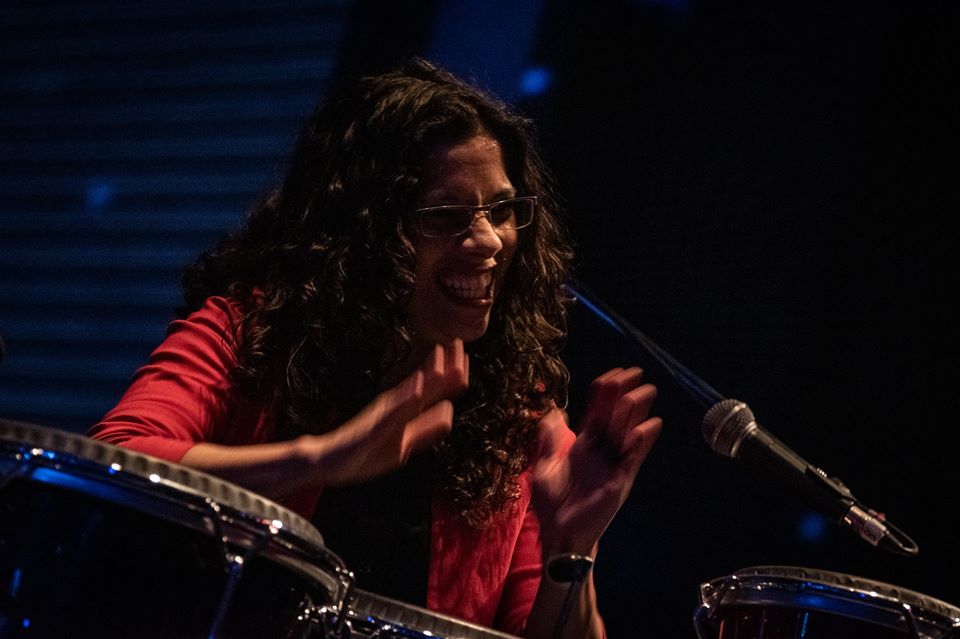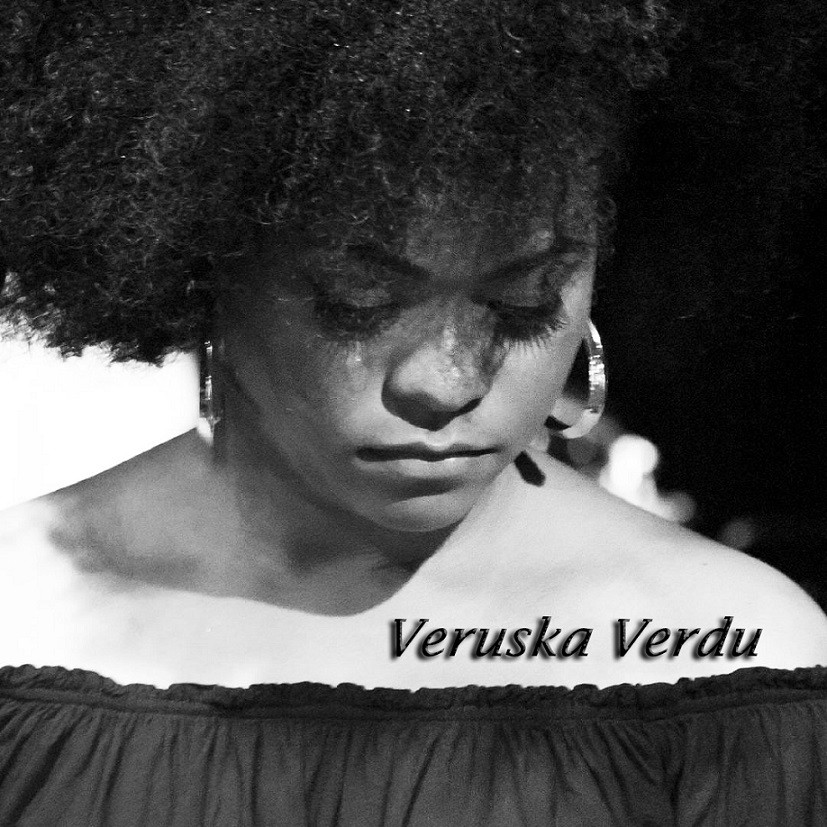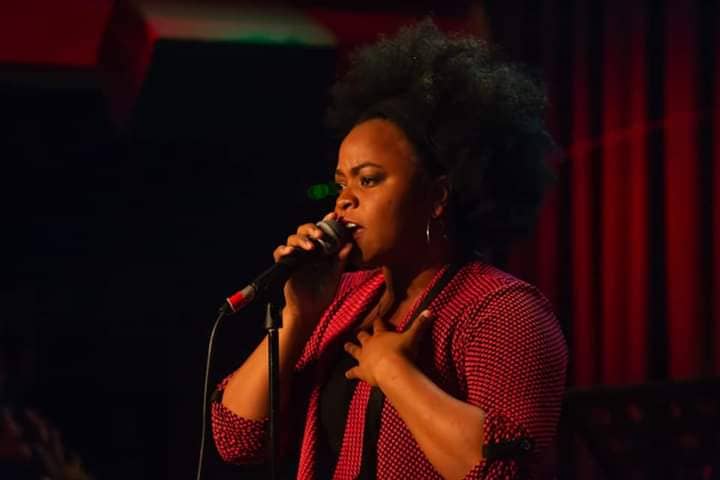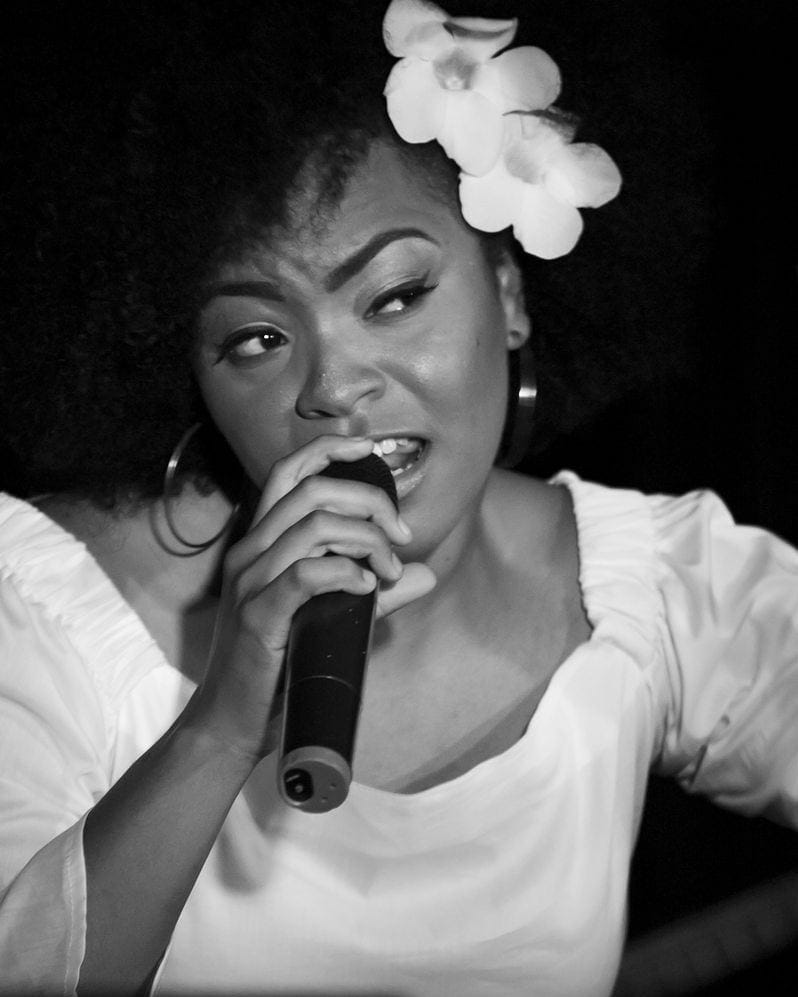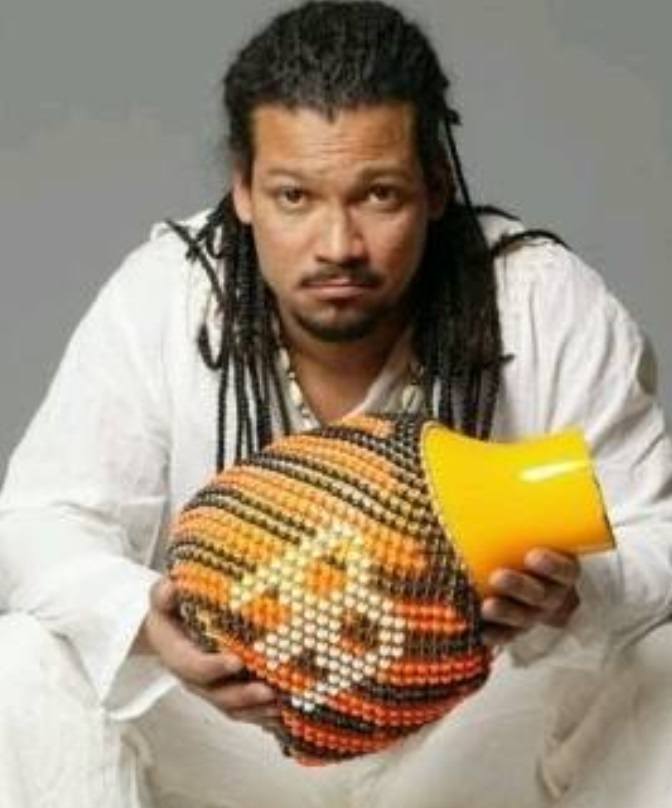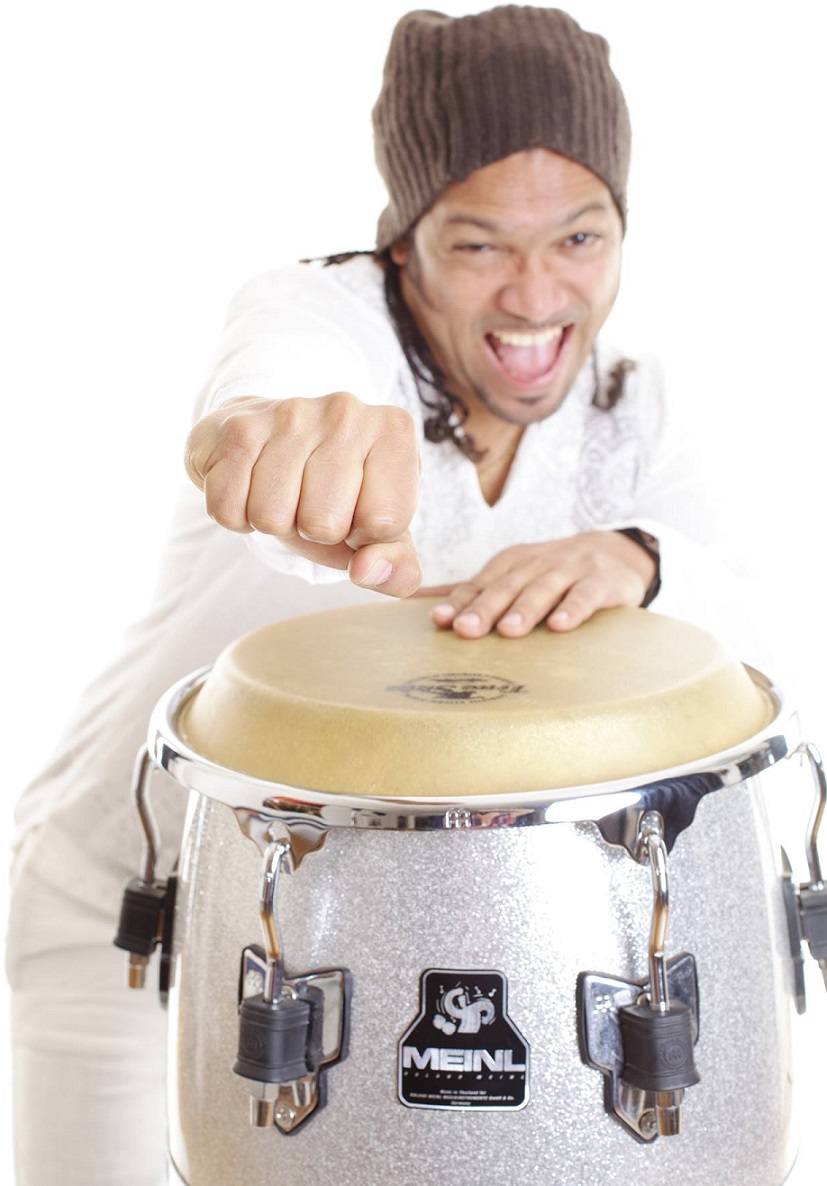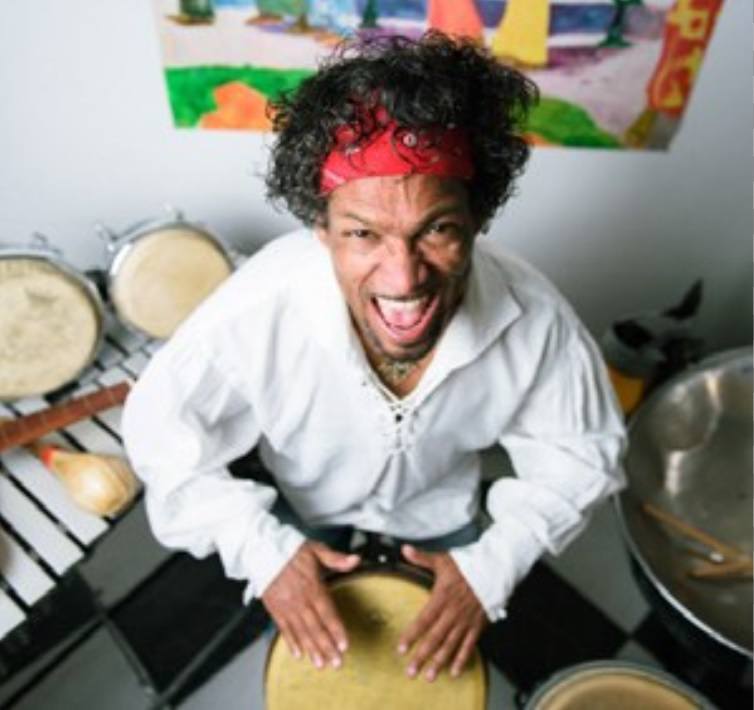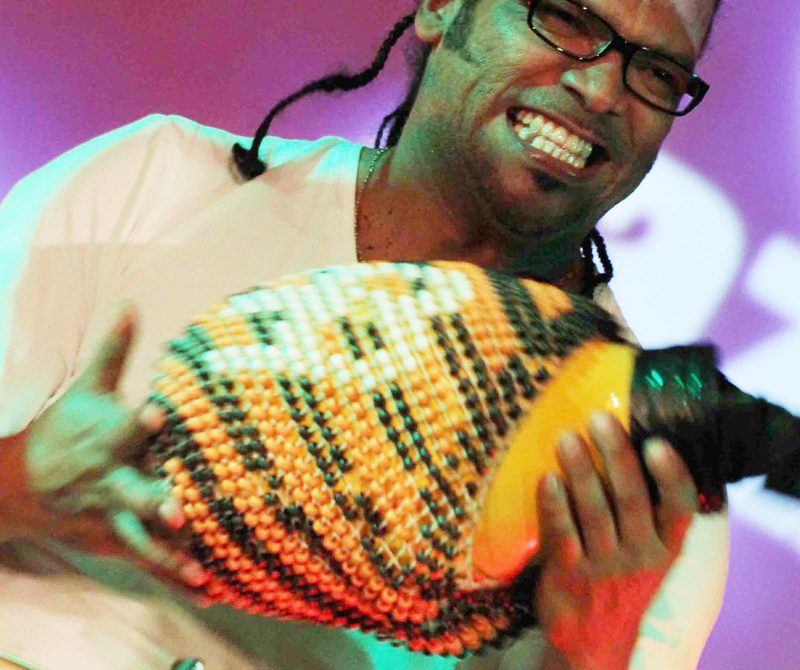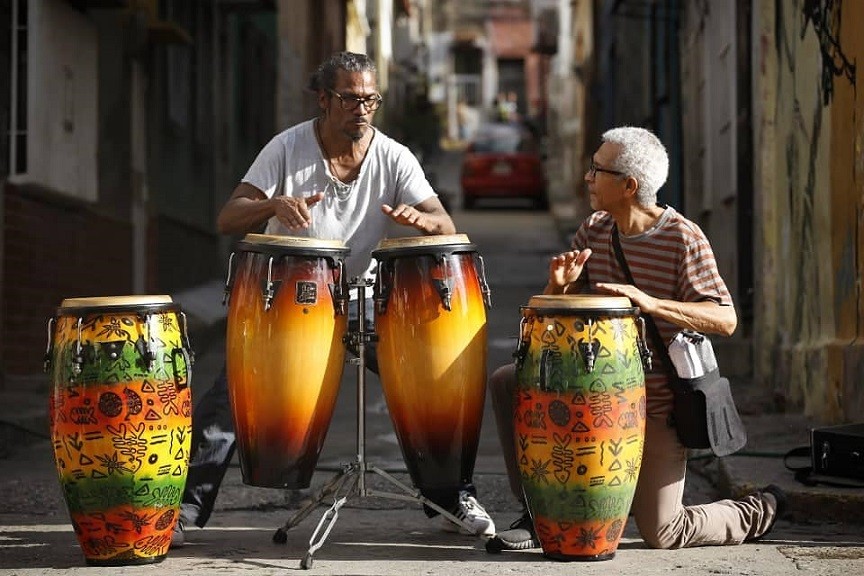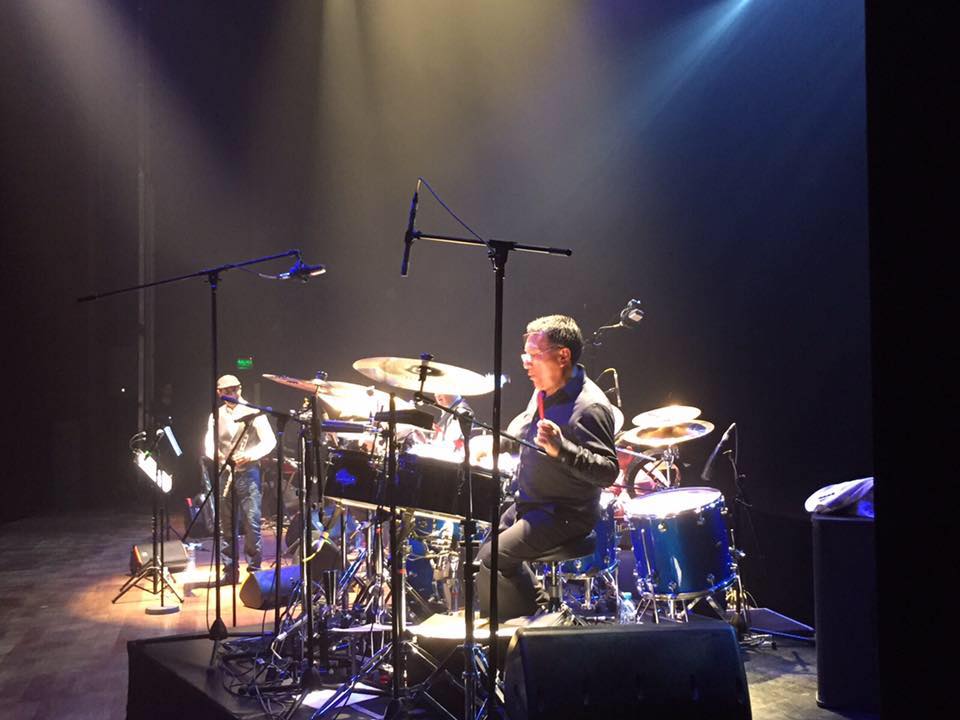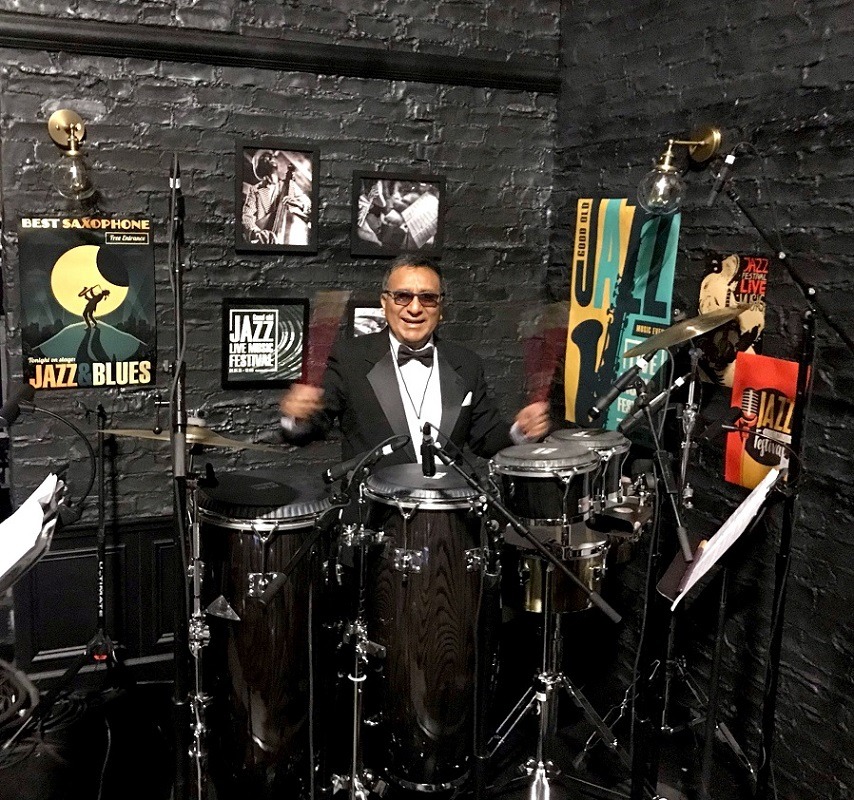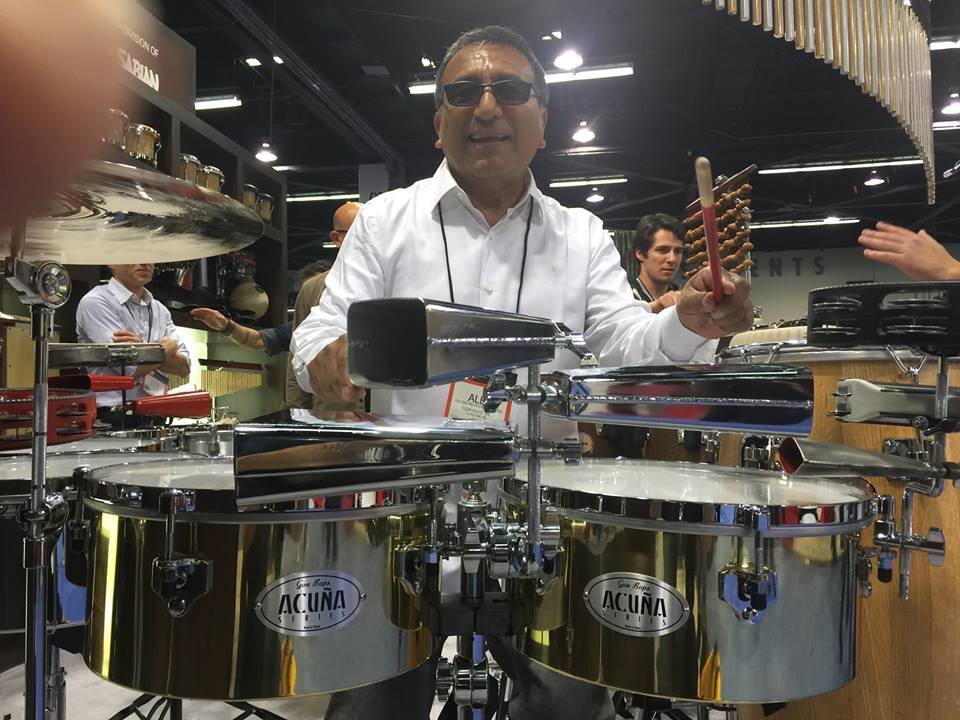A little of her story
Allyson Briggs ”La Rubia de La Salsa” is a bandleader and singer who has earned a lot of recognition in recent years. Currently, this talented woman leads the Fleur Seule orchestra, whose main musical genres are salsa, jazz, swing and ballroom dancing.
Also known as ”The Glamorous Girl of Jazz” is able to sing in seven different languages and several of her covers have been written by artists such as Edith Piaf, Ella Fitzgerald, Louis Armstrong, Frank Sinatra, Marc Anthony, Héctor Lavoe, among others.
We feel very fortunate to have been able to interview Allyson, who has kindly agreed to tell us about her life and career so that readers of International Salsa Magazine can get to know her better.

How she became interested in music
When we hit the subject of her childhood, Allyson told us that her parents always played classical music. ”We listened to a lot of the classics, big bands, swing, blues, rock and roll, jazz, opera, among other genres,” she said. That’s how her love for these styles began, but the case of Latin music was different.
Her taste for Latin music is because she is married to a Puerto Rican, so she feels her husband and her in-laws have influenced her to end up falling in love with salsa, Puerto Rican music and its culture in general.
This inclusion of Latin rhythms has made her Fleur Seule orchestra collect a lot of fans who simply want to dance to these genres and, some of them, remember their roots.
How she learned to sing in Spanish
Long before she learned Spanish, Allyson began to learn German, which she considers her second language. This interest came from the German roots in her family, whose past always seemed very interesting to her. The same happened with French, as the artist also has French ancestors.
In the case of Spanish, she had some kind of contact with the language at school, but its actual use began when she got married and had to communicate in that way at home. In addition to that, Allyson has a lot of friends in New York, who have helped her a lot to understand certain things about the language.

Hispanic artists she likes the most are Héctor Lavoe, Rubén Blades, Celia Cruz and Javier Solis. As for covers, she commented that she always tries very hard to understand what a composer wants to say with his lyrics in order to make the interpretation as faithful as possible.
Why is she called ”La Rubia de La Salsa”?
The name ”La Rubia de La Salsa” was not invented by Allyson herself, but by some concertgoers when she sang at La Marqueta, Spanish Harlem. The point is that no one could pronounce Fleur Seule, so they opted for something that everyone could pronounce with no problem.
Upon hearing it for the first time, she realized that this nickname captured her essence perfectly due to her physique, her costumes and the type of music she makes. For the same reason, she is still called by that name to this day.
Fleur Seule
Allyson revealed that she chose the name ”Fleur Seule” for her orchestra in honor of the French language. In addition to that, it sounds unique and elegant to anyone who hears it.
As for the beginning of her orchestra, she told that she met a guitarist with whom she started doing some musical projects. This same person provided her with certain recommendations in terms of singing and even language, which were taken into account until she was able to assemble a complete group.

Activity during and after the pandemic
Allyson told us that the pandemic gave her the opportunity to meet multiple people through social networks due to online concerts she offered twice a week. When things began to return to normal, there were many fans who told her that they got to know her music through digital platforms like Instagram and Facebook.
At the moment, she has some performances planned in Puerto Rico and the state of Florida after the success he had the last time she went to those places. He also mentioned that she would like to go to Colombia and Japan, as both countries are big salsa fans.

